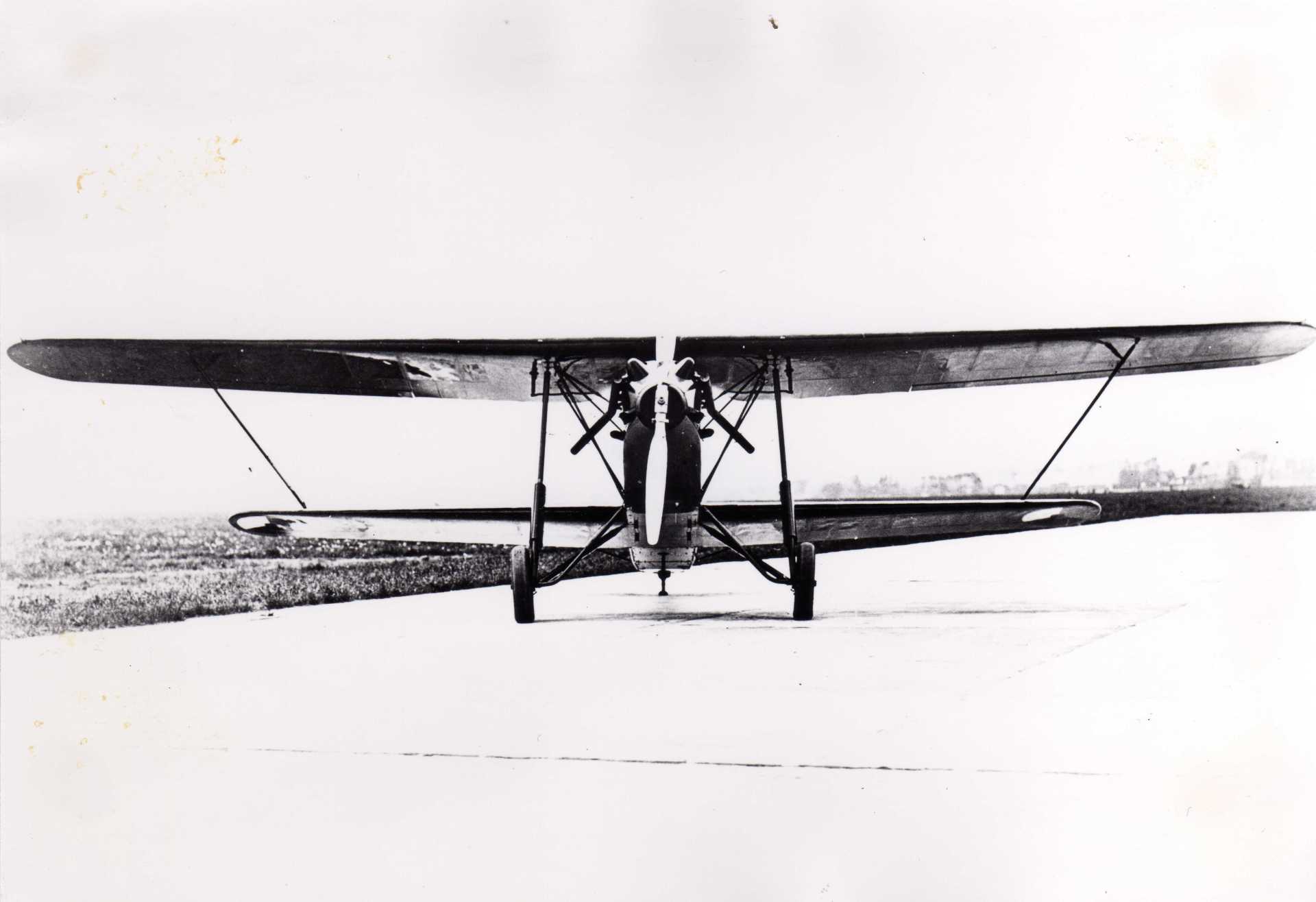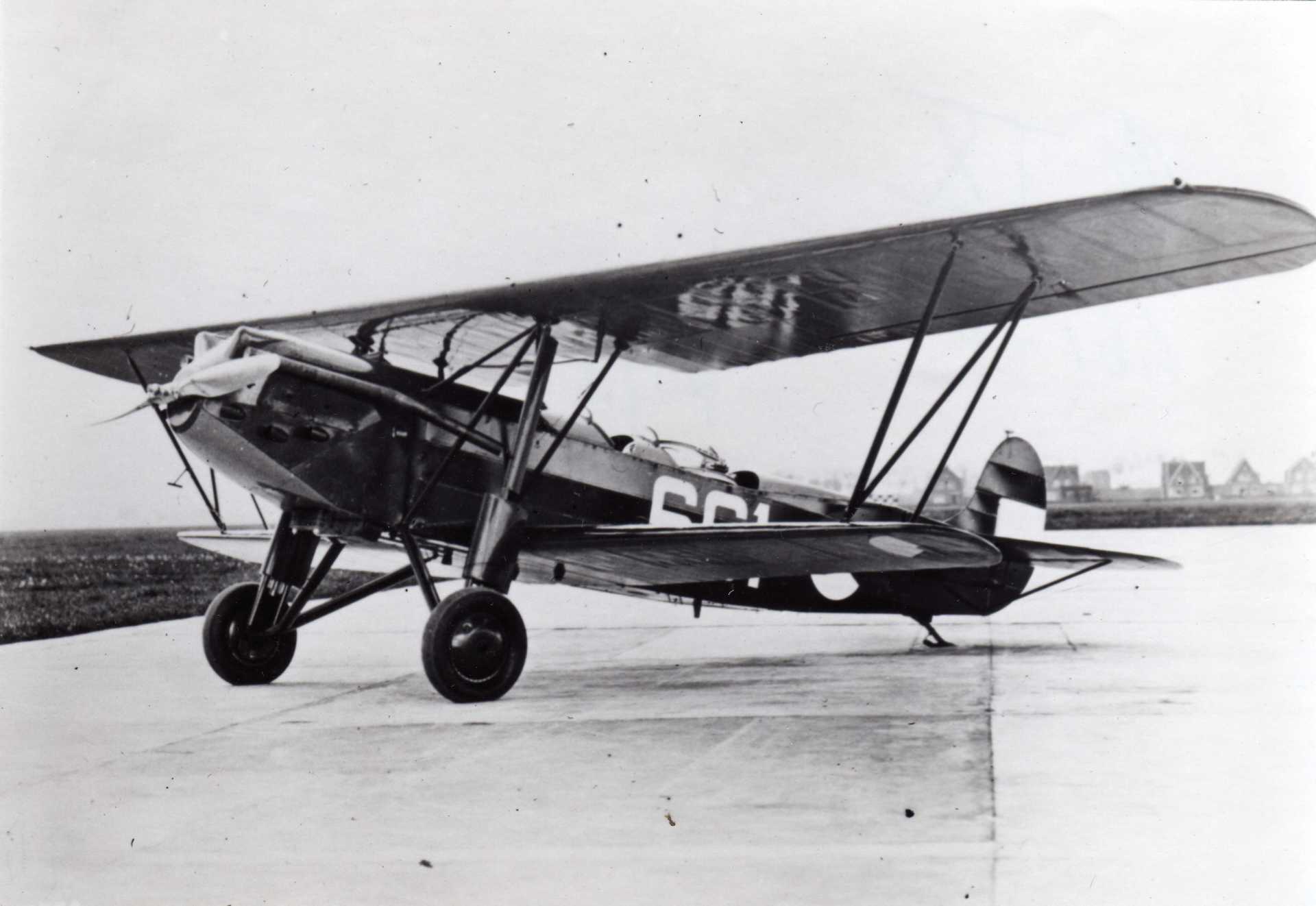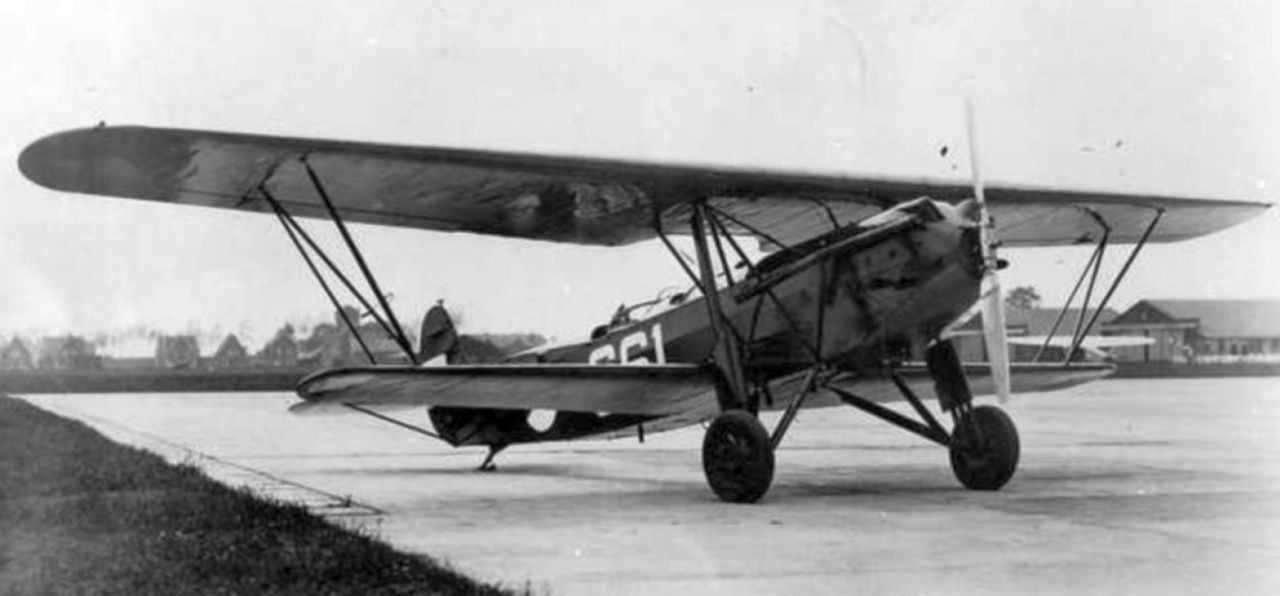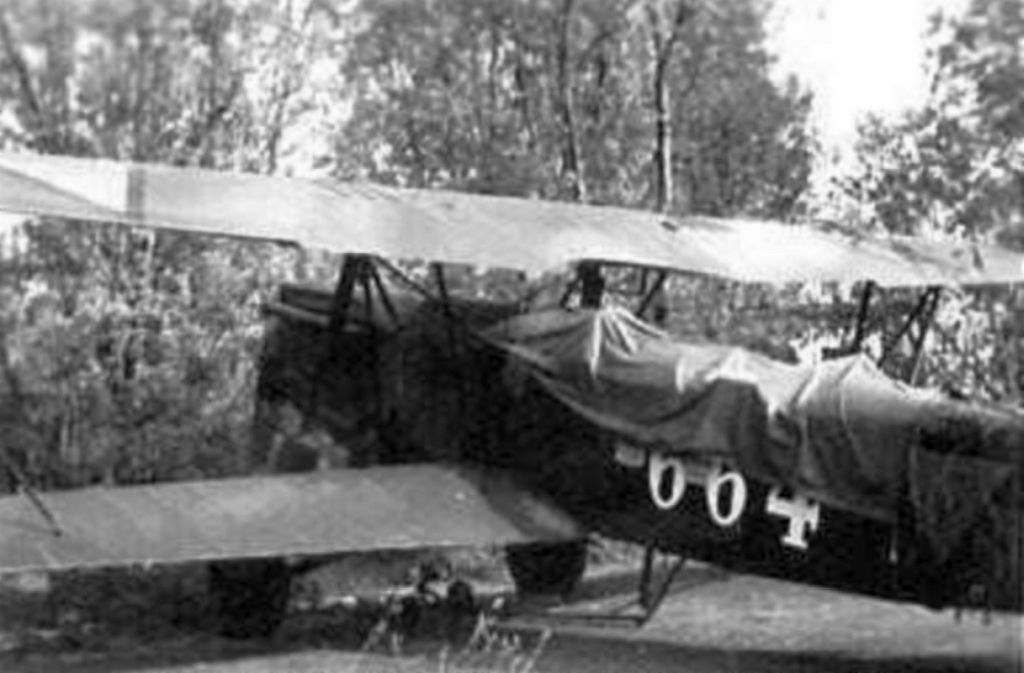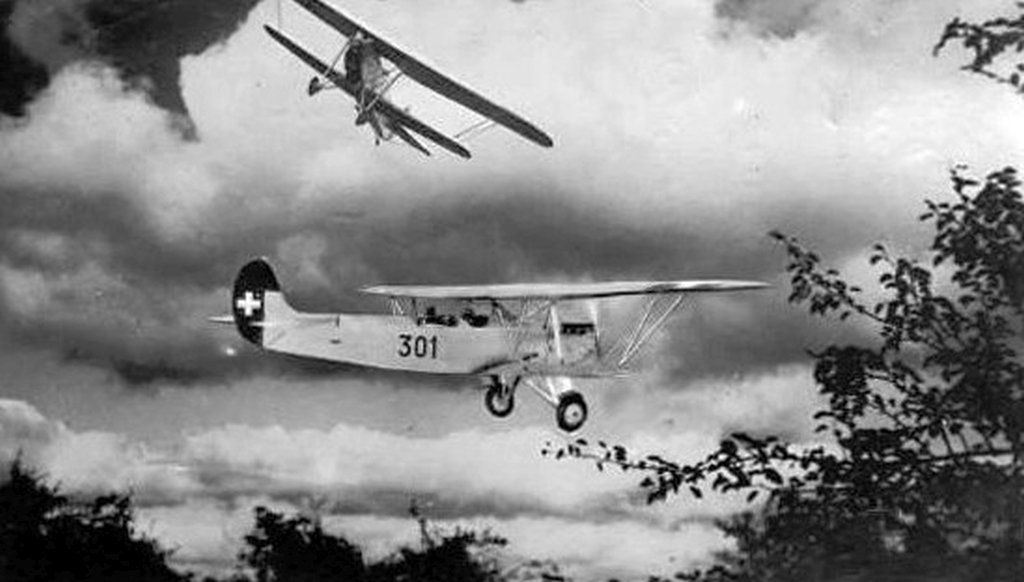The Fokker C.IX
After the successful CV and all its variants, Fokker worked on a new scout for use by the LVA in the early thirties.
However, the C.VII did not leave the drawing board, at least not as a landplane.
And the C.VIII was built as a prototype, but it also proved not to be a success as a land plane.
Fortunately, the MLD Naval Aviation Service sees potential in the water variants and purchases both.
The C.VII-W and C.VIII-W perform well in both the Netherlands and the Dutch East Indies.
The Fokker C.IX then appeared around 1930.
The striking shock absorbers, the wheel legs, the construction of a machine gun placed under the fuselage are some innovations.
Not visible from the outside but important is the 390-litre fuel tank positioned behind the engine.
And the two tanks placed in the wing, with a total of 352 liters. So a total of 742 liters.
The 650 hp Hispano-Suiza engine provides a flight range of 1050 km.
Yet again, it appears that the LVA Aviation Department cannot be tempted into giving a nice order.
The C.IX delivered to Switzerland also does not lead to a license agreement with EKW
And so the number of C.IX scouts built remains at 6.
Click on the photo to enlarge the photo

